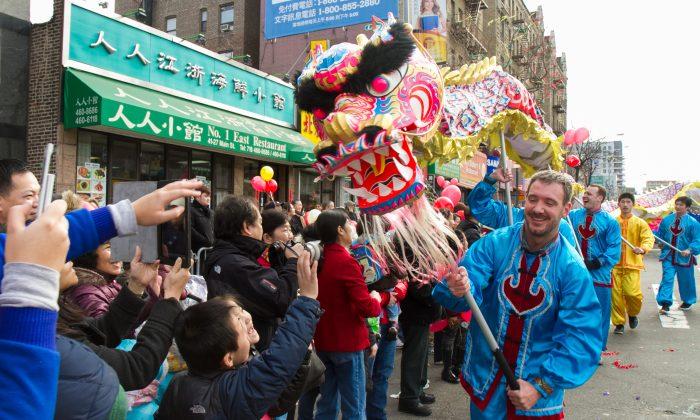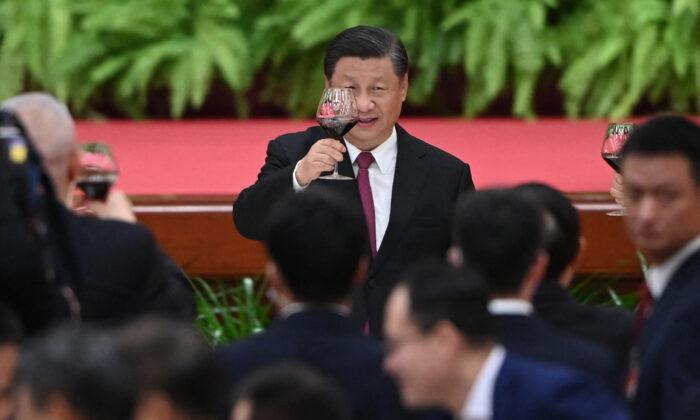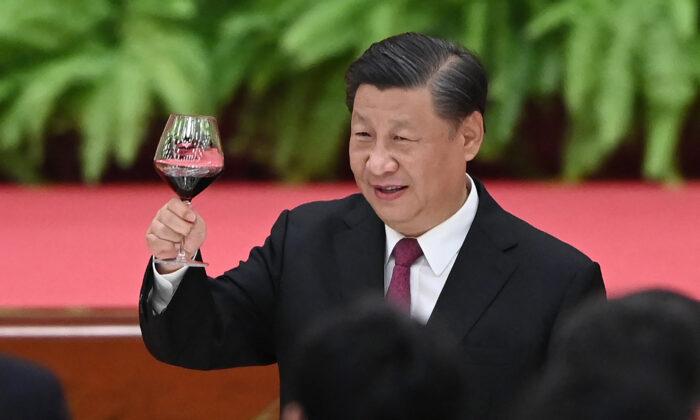Every year, a festival is held across China to honor the awakening of the dragon, lord of moving water. Called “longtaitou” or “the dragon raises its head,” this long-standing tradition marks the coming of rain that will nourish the coming harvest. This year, the celebrations fall on March 10, that is, the second day of the second lunar month according to the traditional Chinese calendar.
Dragons have been a part of Chinese culture since even before there was a China. But what makes it such a central icon?
In ancient Chinese lore, the dragon is a mystical creature endowed with celestial characteristics. It is the noblest of animals and in its capacity as overseer of water, commands climate so important to China’s chiefly agrarian civilization.
At the same time, it is a mystical creature that embodies the unfathomable pinnacle of perfect strength and freedom. In the Chinese naming of the four directions, the Azure Dragon administers the east, that is, the vast expanse of the Pacific Ocean. To the ancient Chinese, this was the endless source and returning place for all the streams and rivers in the land.
Rulers took the five-clawed yellow dragon as an exclusive symbol of imperial majesty. This animal and color also stood for the center, that is, China itself.

“I know that birds can fly, fish can swim, and beasts can run,” Confucius, the master of secular morality, famously stated. “But dragons! I shall never know how they ride wind and cloud up into the sky.”
Confucius’s words spoke to the significance of the dragon in Chinese culture; simultaneously, his statement was a direct appraisal of the sage Lao Zi, a contemporary of his whose representative teaching of the Daoist philosophy is some of the most famous intellectual work to come out of China.
Chinese theories of strategy and natural laws emphasize the superiority of the formless. While the tiger, known as king of the beasts, is considered to have raw yin, or earthly power, it is still confined to a terrestrial base. The dragon’s strength is one of unseen, heavenly yang energy, welling up from the water and weather it rules over. Likewise, the diffuse, abstract principles of Daoism rest in non-intention and understanding the essence of things as opposed to being attached to forms.
In two meetings with Lao Zi, Confucius sensed the profundity of the the old master (the literal meaning of Lao Zi’s name). Confucius knew that his own teachings, sufficient for expounding the moral principles governing secular affairs, would forever remain a subset of the wisdom of those who set aside everything to cultivate the Dao or Way.
Essence of a People
Most Chinese villages would have their own dragon shrines, used to bring rain and therefore bountiful harvests. In the heavens, flying dragons were said to act as celestial guardians or pull divine chariots.
Aside from the Azure Dragon of the east, lesser dragons ruled the other directions. In sum, wherever there was sky or water, there would be dragons.

Even before China consisted of one coherent culture, the dragon could be found in the Neolithic tribes that predated the Chinese civilization as we know it.
The first known instances of the mystical creatures can be found in jade artifacts of the 7,000-year-old Hongshan culture that existed in the borderlands of northeastern China and Mongolia. Many similar religious motifs and symbols, including the veneration of jade and dragons, exist in other early Chinese communities and were passed down in later Chinese empires.

In folk beliefs, it is said that the first Chinese rulers were in fact dragons-turned-human and sent to rule over man. Chinese civilization itself was said to have arisen when the legendary “Huang Di,” or Yellow Emperor, or his descendants led a semi-nomadic tribe to attack and eventually merge with the the Yan people. Meaning fire, the name of the latter tribes refers to the stationary, farming-based culture of the Yellow River valley.
To this day, multiple literary names exist for the Chinese people, including “the descendants of Yan and Huang,” or another that means “the posterity of the dragon.”
By one popular theory, the ancient Hongshan culture corresponds with the legends of the Yellow Emperor. Whatever the validity of this particular view, the role of the dragon in Chinese imperial symbolism fits in with the rich, cyclical dynamic that drives the story of the world’s longest-lived civilization.





Friends Read Free